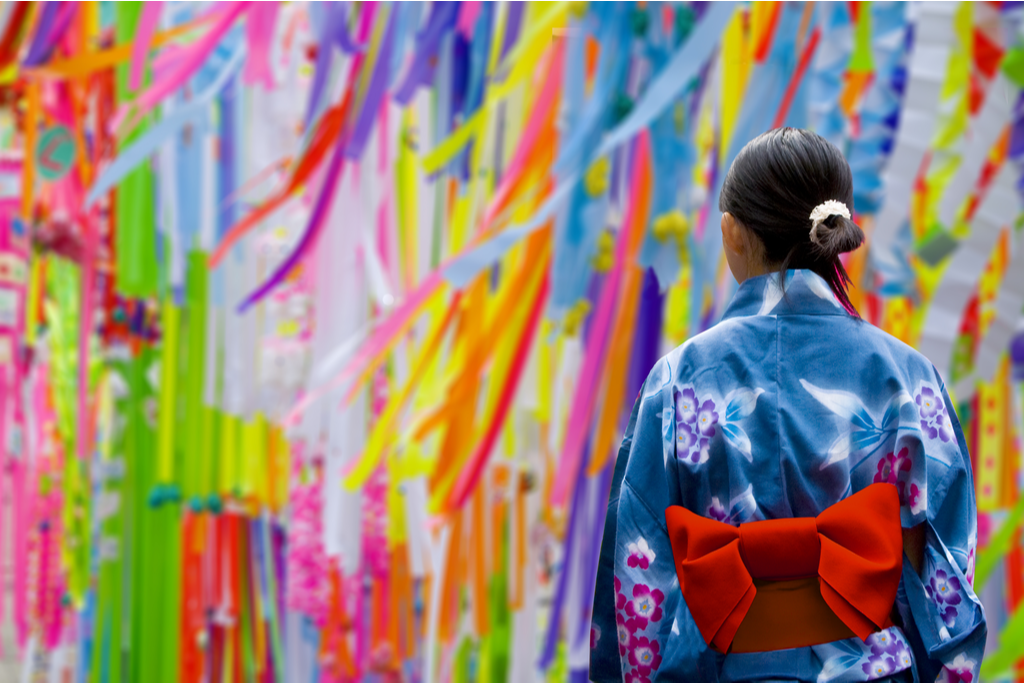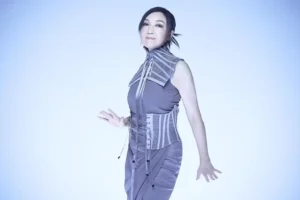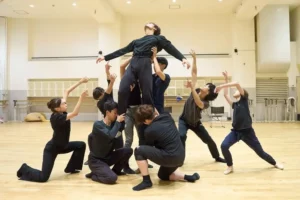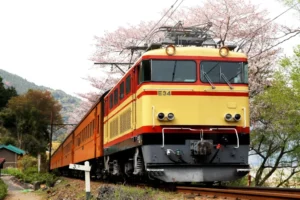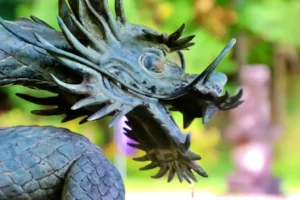Attending a matsuri, or Japanese festival is undoubtedly one of the best ways to experience traditional Japanese culture. In no other setting is the essence of Japan visible through traditional Japanese food, clothing, and unique customs.
Table of Contents
ToggleWhat are matsuri?
The Japanese word for festival is matsuri, and there are as many reasons for Japanese festivals as there are. Some may have their origin in ancient Chinese festivals, which were imported to Japan centuries ago and often have little similarity to their original form. Others might be rooted in seasonal changes, like harvest festivals. Then there are those honoring ancestors or deities, sometimes in particularly unique ways.
What do they celebrate?
Religion in Japan does not work in the same way as in the Western world. Usually, Japanese people participate in Buddhist and Shinto rituals, the latter representing Japan’s unique religion of Shintoism. Performing rituals, like praying at a shrine for the New Year, is more important for Japanese people than studying or abiding by scriptures. Even though most people will participate in at least some rites, they would not call themselves ‘religious.’
Shintoism is particular in the sheer number of its deities. Specifically, there are eight million gods, meaning spirits are everywhere. Local deities are extremely common and represent one area or even village in particular, leading to rites that differ between regions. You could spend a lifetime visiting all of Japan’s different festivals and still not be able to see them all, so let’s have a look at some of Japan’s most unique festivals:
Sapporo Yuki Matsuri
Dating back to 1950, Sapporo’s Yuki Matsuri, literally Snow Festival, is the youngest festival on the list. Held in February of every year, it is also the earliest. Located on Japan’s northernmost island of Hokkaido, Sapporo gets snowfall almost six months of the year. Therefore, it should come as little surprise that snow is also at the center of its most famous festival.
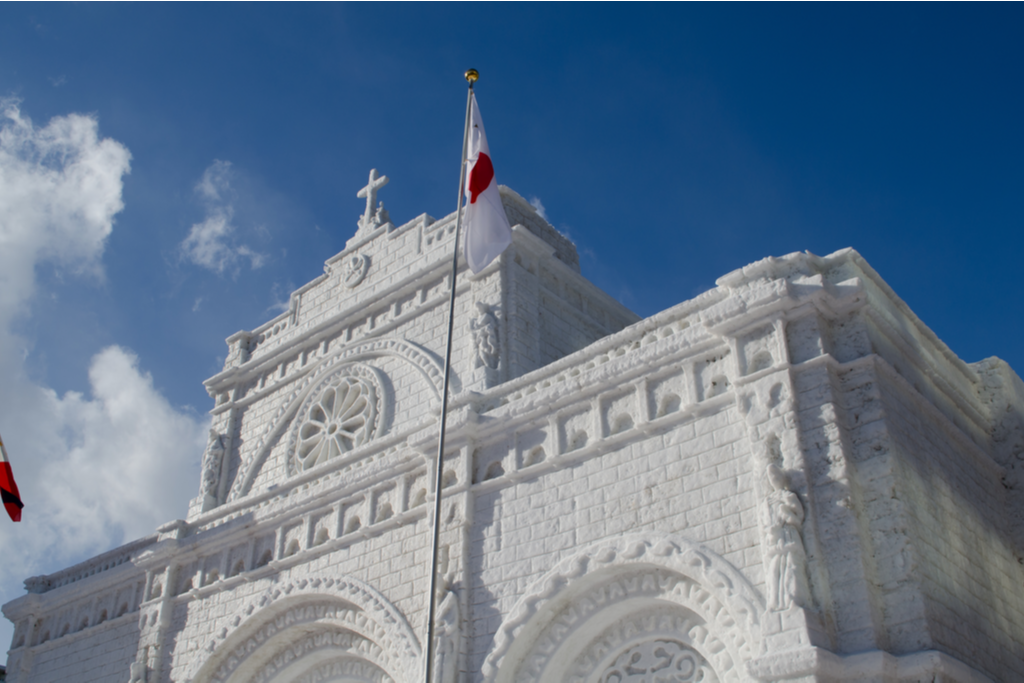
The event’s origins are humble: six high school students held a one-day event of building snow sculptures in Sapporo’s centrally located Odori Park in the winter of 1950. The scale of the event gradually increased, and over the years, more and more schools took part. Eventually, the competition evolved from the local to the national, and finally, the international level.
There are now three main sites, as the event has outgrown Odori Park, but the festival’s focal point is still its ice and snow sculptures. Some 400 sculptures are on display annually, with interactive exhibits such as snow slides also present. Have a look at our Sapporo Snow Festival Guide for more info.
Are you interested in snacks from across Japan? Discover Japan’s rich culture via its regional culinary traditions: Sakuraco ships traditional Japanese sweets & snacks across Japan to your door.
Takayama Festival
Next up in the calendar is centrally located Gifu prefecture’s Takayama festival. Its schedule is unique, as it is held twice a year, on two days every April and two days every October. The different iterations are known as Spring and Autumn festivals, and despite revolving around two different shrines, the schedule is largely the same.

Takayama is famous for the skill of its carpenters. As a result, it’s logical that its festival revolves around lovely wooden festival floats. Each city’s neighborhood features its float, some of which feature impressive mechanisms that work entirely without electricity. Dancing puppets are just one example.
Generally, the event is hugely popular and ranks amongst Japan’s top three most beautiful festivals. Months in advance, travelers tend to book hotel rooms in Takayama, as the town is small and deep inside the mountains.
Gion Matsuri

Taking place across July, Kyoto’s Gion Matsuri is perhaps the most famous festival in Japan. Many events occur, but the parade of floats on July 17th is particularly spectacular. The scale of some of the 33 floats used in the parade are impressive. They are up to 25 meters tall, can weigh up to 12 tons, and people push them around on wheels the size of a person. Accompanied by traditional music and people in traditional Japanese costumes, this festival might be the best way to time travel back to feudal era Japan.
Nebuta Festival
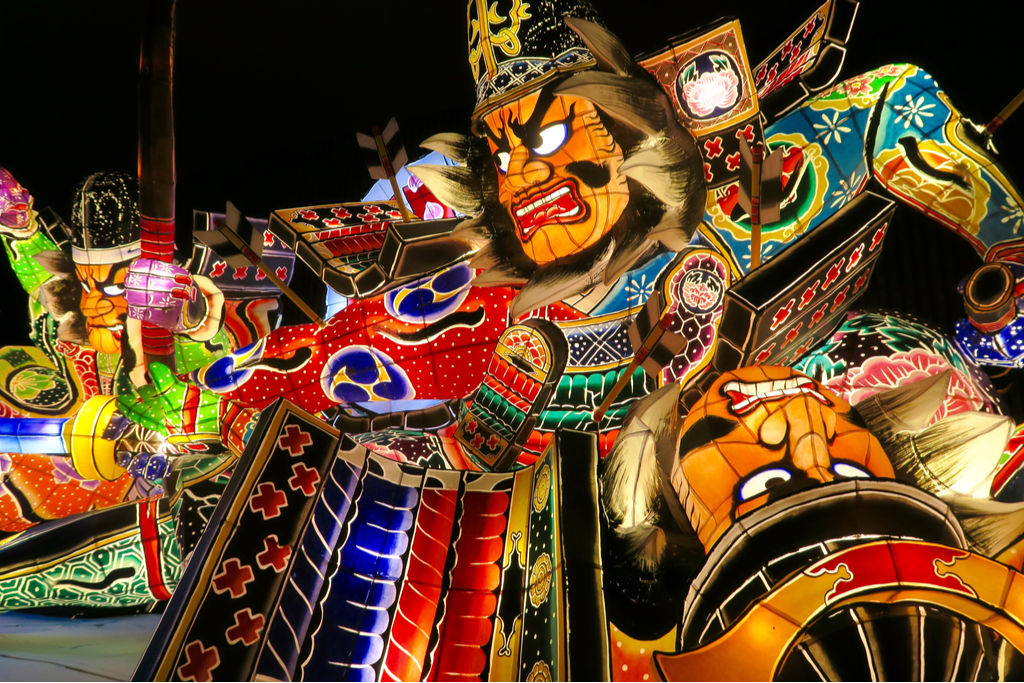
Held in early August every year, Aomori prefecture’s Nebuta festival is another visually stunning festival. Celebrated across the whole region in northern Japan, the festivities revolve around intricately constructed festival floats made from Japanese paper. The floats are enormous Japanese lanterns depicting gods and historical or mythical figures from Japanese history.
The style of the floats differs depending on the city, with Aomori City’s floats built to be wide, Goshogawara’s floats rising high, and Hirosaki’s floats in a fan shape.
Awa-odori
Taking place on Japan’s smallest main island of Shikoku in the middle of August, the Awa-Odori is a one-of-a-kind dance festival. Hundreds of dancers take to the streets during Japan’s Obon festivities, a festival celebrating one’s ancestors. According to legend, the spirits of ancestors visit during this time and enjoy entertainment from the living.
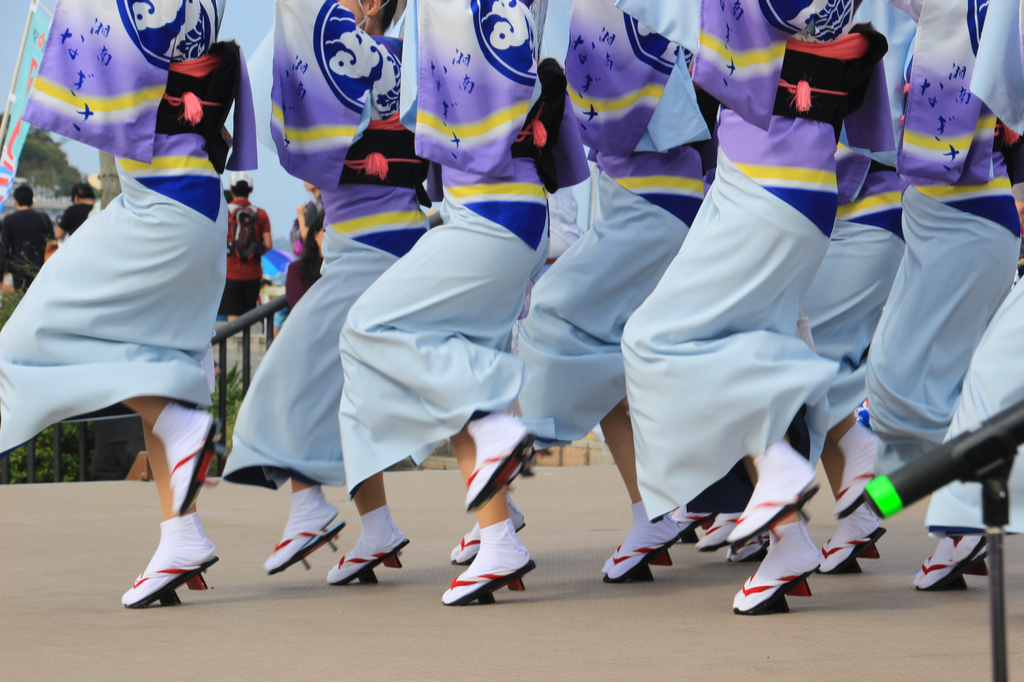
The style of dance for Awa-Odori is as unique as its motto. Born out of what is described as ‘Drunk dancing’, the festival follows the motto ‘Fools dance, and fools watch; if both are fools, you might as well dance.’ Dance steps are simple, but groups distinguish themselves with different costumes and step variations. Streets are closed, and dancing happens everywhere, but the professional groups will stick to multiple stages, requiring entrance fees.
These five matsuri scratch the surface but are some of Japan’s most famous and spectacular. Have you visited any others that are missing from this list? Are you looking to visit any of these? Let us know in the comments below!

